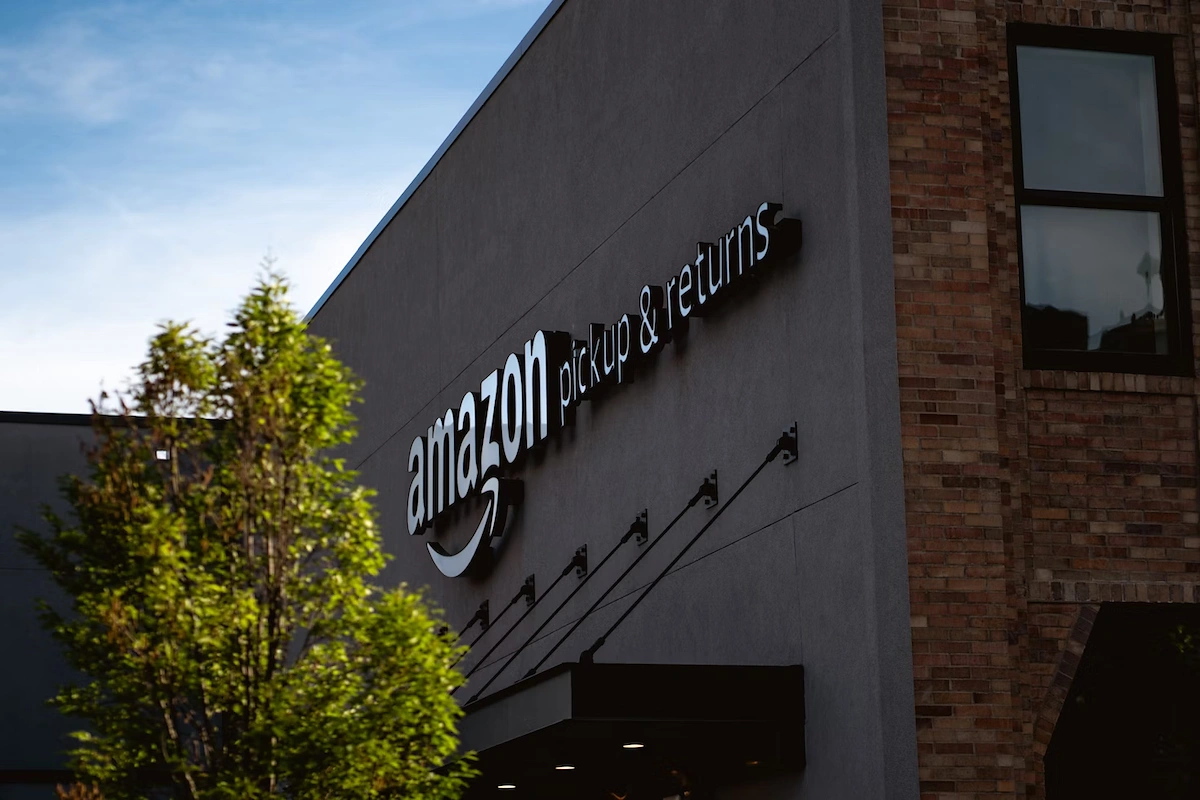
Kudos has partnered with CardRatings and Red Ventures for our coverage of credit card products. Kudos, CardRatings, and Red Ventures may receive a commission from card issuers. Kudos may receive commission from card issuers. Some of the card offers that appear on Kudos are from advertisers and may impact how and where card products appear on the site. Kudos tries to include as many card companies and offers as we are aware of, including offers from issuers that don't pay us, but we may not cover all card companies or all available card offers. You don't have to use our links, but we're grateful when you do!
5 Best Credit Cards for Free Cell Phone Insurance in 2025
July 1, 2025


If you're paying $15-20 per month for carrier insurance from Verizon, AT&T, or T-Mobile, you're spending $180-240 annually for protection that your credit card might already offer—for free. Even worse, carrier plans often have $99-249 deductibles and may not cover the latest flagship phones fully.
Here's what most people with $100-150/month phone bills don't realize: premium credit cards offer cell phone insurance that covers damage, theft, and screen repairs up to $800-1,000 per claim with deductibles as low as $25. The only requirement? Pay your monthly wireless bill with the card.
Let's break down how this works, compare the top 5 cards for cell phone protection, and help you calculate whether you should cancel your carrier insurance and save hundreds per year.
How Credit Card Cell Phone Insurance Actually Works
Credit card cell phone protection is an automated benefit that reimburses you when your phone is damaged or stolen—as long as you've paid your monthly wireless bill with the eligible card for that billing cycle.
Coverage Basics:
- What's covered: Physical damage (cracked screens, water damage, accidental drops), theft (with police report)
- What's NOT covered: Lost phones, cosmetic damage that doesn't affect functionality, unauthorized charges
- Coverage limits: $600-1,000 per claim depending on card
- Annual maximums: $1,000-1,600 per year across all claims
- Claim limits: 2 claims per 12 months (3 on some business cards)
- Deductibles: $25-100 per claim
Activation Requirements:You must charge your monthly cell phone bill to the eligible card to activate coverage for that month. Miss a payment or use a different card? You lose protection for that billing cycle.
The Claim Process:
- Incident occurs (damage or theft)
- File police report within 48 hours (for theft)
- Contact card's benefit administrator (not the bank)
- Submit claim form with documentation (repair receipts, phone bill, police report)
- Pay deductible
- Receive reimbursement within 2-4 weeks
Important Note: Credit card phone insurance is typically secondary coverage. If you have carrier insurance or AppleCare+, those policies pay out first, then your credit card covers remaining costs up to its limit.
The Hidden Cost of Carrier Insurance vs Credit Cards
Before we dive into the best cards, let's do the math on what you're actually paying for phone protection.
Carrier Insurance (Verizon, AT&T, T-Mobile):
- Monthly cost: $15-20
- Annual cost: $180-240
- Deductible: $99-249 per claim
- Total 2-year cost with 1 claim: $459-729
AppleCare+ for iPhone:
- Upfront cost: $149-269 (iPhone model dependent)
- Screen repair deductible: $29
- Other damage deductible: $99
- Total 2-year cost with 1 screen repair: $178-298
Credit Card Cell Phone Insurance:
- Monthly cost: $0 (benefit included with card)
- Annual fee: $0-395 (varies by card, many $0 fee options)
- Deductible: $25-100 per claim
- Total 2-year cost with 1 screen repair: $25-100 (or $25-495 with annual fee cards)
Savings Calculation for $150/month Phone Bill Household: If you're paying $19/month for carrier insurance and switch to free credit card coverage:
- Carrier insurance: $19 × 24 months = $456
- Credit card insurance: $0 (using no-annual-fee card)
- One screen repair: $50 deductible vs $149 carrier deductible
- Total savings over 2 years: $555
The break-even point is simple: if you make even one claim in two years, credit card insurance pays for itself immediately.
Maximize your card perks with a smart wallet like Kudos. Kudos automatically picks the best card for each purchase to ensure you’re earning maximum rewards and keeping perks like cell phone insurance active. It’s a simple way to make sure you never miss out on free protection while enjoying your credit card rewards.
The 5 Best Credit Cards for Cell Phone Insurance (Ranked by Value)
We've evaluated dozens of cards based on coverage limits, deductibles, annual fees, and overall rewards value. Here are the top 5 for protecting your phone while maximizing your spending.
1. Wells Fargo Active Cash® Card (Best for Everyone)
For $100-150/month phone bill payers who want simple unlimited cash back
The Wells Fargo Active Cash delivers the perfect combination: robust phone protection, zero annual fee, and straightforward 2% cash back on everything.
Cell Phone Insurance Details:
- Coverage: Up to $600 per claim
- Annual maximum: $1,200 per year (2 claims)
- Deductible: $25 per claim
- Claim limit: 2 per 12 months
Why It's #1: This card offers the best value proposition for most users. The $25 deductible is the lowest on our list, and earning 2% back on your $150 phone bill means $36 annual rewards. Combined with zero annual fee, you're getting premium phone protection while building rewards.
Break-Even Analysis:
- Annual fee: $0
- Phone bill rewards: $36/year (2% on $150 × 12 months)
- Deductible for one claim: $25
- Net cost for 1 repair: -$11 (you actually come out ahead)
[[ SINGLE_CARD * {"id": "2894", "isExpanded": "false", "bestForCategoryId": "15", "bestForText": "Cash Back Seekers", "headerHint": "0 Annual Fee"} ]]
2. Chase Freedom Flex® (Best for Rotating Category Spenders)
For households spending $500+/month on gas, groceries, and dining
The Freedom Flex combines excellent cell phone protection with category-specific rewards that can significantly outpace flat-rate cards if you maximize bonus categories.
Cell Phone Insurance Details:
- Coverage: Up to $800 per claim
- Annual maximum: $1,000 per year
- Deductible: $50 per claim
- Claim limit: 2 per 12 months
Why It's Great: The higher coverage limit ($800 vs $600) covers the latest iPhone 16 Pro Max or Samsung Galaxy S25 Ultra fully. If you're strategic about rotating categories, you'll earn far more than 2% annually.
Best For: "Walmart Shoppers" who spend heavily in bonus categories and want higher coverage for expensive flagship phones ($1,000-1,200 devices).
[[ SINGLE_CARD * {"id": "2883", "isExpanded": "true", "bestForCategoryId": "52", "bestForText": "No-Fee Card Seekers", "headerHint" : "No Annual Fee" } ]]
3. Capital One Venture X Rewards Credit Card (Best for Families)
For families with 2-4 phone lines spending $300+/month on wireless service
The Venture X's standout feature: authorized users get cell phone protection too, making it the only card where one annual fee protects an entire family's devices.
Cell Phone Insurance Details:
- Coverage: Up to $800 per claim (per authorized user)
- Annual maximum: $1,600 per year
- Deductible: $50 per claim
- Claim limit: 2 per 12 months per cardholder
- Authorized users: Unlimited free authorized users with full phone protection
Why It's Great: If you have a family plan with 4 phones and each person pays their portion of the bill with their authorized user card, all 4 devices are covered. That's $395 annual fee protecting potentially $4,000-5,000 in devices.
Family Savings Calculation:
- 4 carrier insurance plans: $19 × 4 × 12 = $912/year
- Venture X: $395 annual fee - $300 travel credit for bookings through capital one travel = $95 effective annual fee
- Annual savings: $817 for a family of 4
[[ SINGLE_CARD * {"id": "2888", "isExpanded": "true", "bestForCategoryId": "52", "bestForText": "Frequent Travelers", "headerHint" : "Luxurious Travel Benefits" } ]]
4. Bilt Mastercard® (Best for Renters) (See Rates & Fees)
For renters who pay $1,500+/month rent and want phone protection with no annual fee
The Bilt Mastercard is unique: earn points on rent payments (typically impossible) while getting cell phone protection—all with zero annual fee.
Cell Phone Insurance Details:
- Coverage: Up to $800 per claim
- Annual maximum: $1,600 per year
- Deductible: $25 per claim
- Claim limit: 2 per 12 months
Why It's Great: You're already paying rent—might as well earn points on it while protecting your phone. The $25 deductible matches Wells Fargo's as the lowest available.
Special Requirement: You must use the card 5 times each statement period to earn points. Set up autopay for phone bill + 4 small purchases monthly.
The information for the Bilt Mastercard® has been collected independently by Kudos. The card details on this page have not been reviewed or provided by the card issuer.
[[ SINGLE_CARD * {"id": "2990", "isExpanded": "false", "bestForCategoryId": "15", "bestForText": "Frequent Travelers", "headerHint": "Interesting Earning Structure"} ]]
5. American Express® Gold Card (Best for Dining & Grocery Spending) (See Rates & Fees)
For households spending $800+/month on dining and groceries
The Amex Gold targets foodies with outsized rewards on dining and supermarkets, plus cell phone protection to sweeten the deal.
Cell Phone Insurance Details:
- Coverage: Up to $800 per claim
- Annual maximum: $1,000 per year
- Deductible: $50 per claim
- Claim limit: 2 per 12 months
Why It's Great: If you spend $600/month on dining and $400/month on groceries, you're earning 48,000 points annually (worth $480-960 depending on redemption). The $240 in annual credits effectively reduce the fee to $85.
Break-Even Calculation:
- Annual fee: $325
- Uber Cash: -$120
- Dining credits: -$120
- Phone bill rewards (3X): 5,400 points (~$54-108 value)
- Effective cost: $85-$171 for premium phone protection + massive dining rewards
Terms apply to American Express benefits and offers. Enrollment may be required for select American Express benefits and offers. Visit americanexpress.com to learn more. Eligibility and Benefit level varies by Card. Terms, Conditions, and Limitations Apply. Please visit americanexpress.com/benefitsguide for more details. Underwritten by Amex Assurance Company.
[[ SINGLE_CARD * {"id": "118", "isExpanded": "false", "bestForCategoryId": "15", "bestForText": "Frequent Travelers", "headerHint": "Generous Travel Rewards"} ]]
Should You Cancel Carrier Insurance? Decision Framework
Use this framework to determine if credit card cell phone insurance is sufficient or if you need additional coverage.
Cancel Carrier Insurance If:
You're a Low-to-Medium Risk User:
- You've had 0-1 phone damage incidents in past 3 years
- You use a protective case and screen protector consistently
- Your phone stays in relatively safe environments (office, home)
- You have emergency savings to cover a $800-1,200 replacement if needed
You Have the Right Card:
- Coverage limit of $600+ per claim (covers your phone's value)
- Low deductible ($25-50)
- $0 annual fee or annual fee justified by other rewards
Calculate Your Savings:If you're paying $19/month for carrier insurance and switch to Wells Fargo Active Cash:
- Carrier insurance cost: $19 × 12 = $228/year
- Credit card coverage cost: $0 (no annual fee)
- Deductible difference: $25 (card) vs $149 (carrier) = $124 savings per claim
- Annual savings: $228 minimum, $352 if you file 1 claim
Keep Carrier Insurance (Or Add It) If:
You're a High-Risk User:
- You've cracked 2+ screens in past 2 years
- You work in physically demanding environments
- You have young children who frequently damage devices
- You've lost a phone before (credit cards don't cover loss)
You Need Multiple Claims:
- Carrier insurance typically allows 3-5 claims per year
- Credit cards cap at 2 claims per 12 months
- If you're certain you'll need 3+ repairs, carrier insurance is safer
Your Phone Exceeds Card Coverage:
- Newest iPhone Pro Max or Samsung Galaxy S Ultra: $1,200-1,400
- Some cards only cover up to $600 per claim
- Solution: Choose Chase Freedom Flex, Venture X, or Bilt ($800 coverage)
The Hybrid Approach (Best for High-Value Phones):
Layer Protection:
- Use credit card for free baseline coverage ($800 per claim)
- Add only AppleCare+ screen protection ($9/month for iPhone)
- Total annual cost: $108 vs $228 for full carrier insurance
- Savings: $120/year with better coverage
This strategy gives you credit card theft protection + Apple's screen repair at lower deductibles ($29 vs $149).
How to Apply: Finding Your Best-Fit Card
Here's the step-by-step application guidance with realistic approval expectations.
Step 1: Check Pre-Qualification (Soft Pull)
Most issuers offer pre-qualification that won't affect your credit score:
- Chase: Pre-qualify at chase.com (no score impact)
- Capital One: Check eligibility at capitalone.com
- American Express: Pre-qualified offers on website
- Wells Fargo: In-branch pre-qualification available
Step 2: Understand Credit Requirements
- Wells Fargo Active Cash: Good credit (670-850)
- Chase Freedom Flex: Good credit (670-850)
- Capital One Venture X: Good to Excellent credit (700-850)
- Bilt Mastercard: Good credit (670-850)
- Amex Gold: Good to Excellent credit (700-850)
Step 3: Plan for Hard Credit Pull Impact
When you formally apply, expect:
- Hard inquiry: 5-10 point temporary credit score decrease
- Approval odds: 70-90% if you meet credit requirements
- Decision timeline: Instant to 7-10 business days
- New account: Slight score dip initially, positive impact after 6+ months
Step 4: Activate Cell Phone Protection
- Receive and activate card
- Add card to wireless account autopay
- Ensure payment processes successfully
- Download benefits guide and save claim phone number
- Coverage begins the day after first phone bill payment posts
Pro Tip: If you're applying for multiple cards, do all applications within 14 days—credit bureaus count them as a single inquiry for scoring purposes.
What Your Credit Card Won't Tell You About Phone Coverage
Limitation #1: Lost Phones Are Never Covered
Credit card insurance only covers damage and theft (with police report). If you simply misplace your phone, you're out of luck. Enable Find My iPhone/Android and use tracking apps religiously.
Limitation #2: Secondary Coverage Can Complicate Claims
If you have multiple insurance policies (homeowner's, carrier plan, credit card), the credit card benefit usually pays last. You must file with primary insurance first, then credit card covers remaining costs. This extends claim processing time.
Limitation #3: Screen Repairs Aren't Always Covered
Some cards define "damage" as non-functionality. Purely cosmetic screen cracks that don't affect usage may be denied. Always argue that the damage affects touch response or creates usability concerns.
Limitation #4: Family Plans Get Tricky
The credit card must pay for the line that's damaged. If you have a family plan billed to your card but your spouse damages their phone, you're covered. But if each person pays their own line separately, ensure the card is linked to each specific line billing.
Limitation #5: Authorized Users Have Different Rules
Only Capital One Venture X explicitly extends cell phone insurance to authorized users. For other cards, authorized users must meet specific requirements—check your benefits guide.
Maximize Your Protection: Smart Strategies Beyond the Basics
Strategy 1: Set Up Autopay Immediately
The #1 reason claims are denied: forgetting to pay the phone bill with the eligible card for that month. Set autopay and don't touch it.
Strategy 2: Document Everything
- Keep purchase receipts for your phone
- Save monthly phone bill statements (need to show card payment)
- Take photos of new phone immediately (proves pre-existing condition)
- Document any damage with photos before filing claims
Strategy 3: Know Your Benefits Administrator
- Chase: Benefit Administrator by Sedgwick
- Wells Fargo: Benefit Administrator by AON
- Capital One: Benefit Administrator by Cardservices
- Amex: American Express directly
Save the claim phone number in your contacts before you need it.
Strategy 4: File Claims Within 90 Days
Most cards require claims within 60-90 days of incident. Don't wait—start paperwork immediately after damage occurs.
Strategy 5: Use Kudos to Track Benefits
Kudos' Hidden Perks feature automatically tracks your credit card benefits, including cell phone protection. It reminds you when coverage is active and helps you maximize perks you're already paying for.
Bottom Line: Your Phone Insurance Action Plan
If your monthly phone bill is $100-150 and you're paying carrier insurance: Cancel the carrier plan immediately and apply for Wells Fargo Active Cash (if you have good credit). You'll save $180-240 annually with better coverage and lower deductibles.
If you have a family plan with 3+ phones: The Capital One Venture X protects everyone for $395 annual fee (effectively $95 after travel credit). That's $817 annual savings vs individual carrier insurance for 4 lines—plus you earn valuable travel rewards.
If you're a renter paying $1,500+/month rent: The Bilt Mastercard is a no-brainer: earn points on rent while getting the lowest deductible ($25) phone protection available, all with zero annual fee.
If you spend $800+/month on dining and groceries: Amex Gold's 4X points on those categories plus phone protection make the $325 annual fee worthwhile—especially after $240 in annual credits reduce effective cost to $85.
If you want it simple: Wells Fargo Active Cash wins: no annual fee, 2% on everything, lowest $25 deductible. Apply, set autopay, forget about it.
The math is clear: credit card cell phone insurance saves the average user $240-555 over two years compared to carrier plans. Choose your card based on spending patterns, add your phone bill to autopay, and enjoy free protection while earning rewards.
Frequently Asked Questions
Can I have cell phone insurance on multiple credit cards?
Yes, but you can only file a claim with the card that paid your phone bill during the month of the incident. Having multiple eligible cards provides backup flexibility—if you max out claims on one card (2 per year), you can switch to another card for future coverage. However, you cannot combine benefits from multiple cards for a single claim.
Does credit card cell phone insurance cover my entire family plan?
It depends on the card. Most cards cover phones on your family plan as long as YOUR card pays the entire bill. Capital One Venture X is unique—it extends coverage to authorized users' phones too. Always verify the specific billing requirement: some cards require the protected phone to be listed on the account, while others just require payment of the bill. Check your benefits guide for exact terms.
What happens if my phone damage claim gets denied?
If denied, request a written explanation of the specific policy clause that led to denial. Common denial reasons: phone bill wasn't paid with card that month, claim filed after 90-day window, incident occurred before coverage began, damage is cosmetic only, or insufficient documentation. If you disagree with the decision, file an appeal with the benefit administrator within the stated timeframe (usually 30-60 days). Provide additional evidence and reference your benefits guide language to support your case.
Is the deductible per phone or per claim?
Per claim. If you damage your phone once and file a claim, you pay the deductible one time for that incident. However, if you have multiple phones damaged in separate incidents, each claim requires its own deductible payment. Example: You drop your iPhone in January (pay $50 deductible) and drop it again in June (pay another $50 deductible). That's 2 claims, 2 deductibles.
Can I still get rewards if I pay my phone bill with these cards?
Absolutely—that's the double benefit! Your cell phone bill counts as a regular purchase, so you earn the card's standard rewards rate. Wells Fargo Active Cash: 2% back on phone bill. Chase Freedom Flex: 1% (or 5% if phone services is a quarterly category). Bilt: 1X points. Capital One Venture X: 2X miles. You're protecting your phone AND earning rewards on an expense you're already paying.
Do these cards cover refurbished or used phones?
Most cards cover any phone on your plan regardless of whether it's new, refurbished, or used—as long as you can prove ownership and provide documentation. However, some benefit administrators may request proof of the phone's value (purchase receipt or current market value documentation). Pre-existing damage is never covered, so if you buy a used phone with a cracked screen, that damage won't be covered under credit card insurance.
Unlock your extra benefits when you become a Kudos member

Turn your online shopping into even more rewards

Join over 400,000 members simplifying their finances

Editorial Disclosure: Opinions expressed here are those of Kudos alone, not those of any bank, credit card issuer, hotel, airline, or other entity. This content has not been reviewed, approved or otherwise endorsed by any of the entities included within the post.
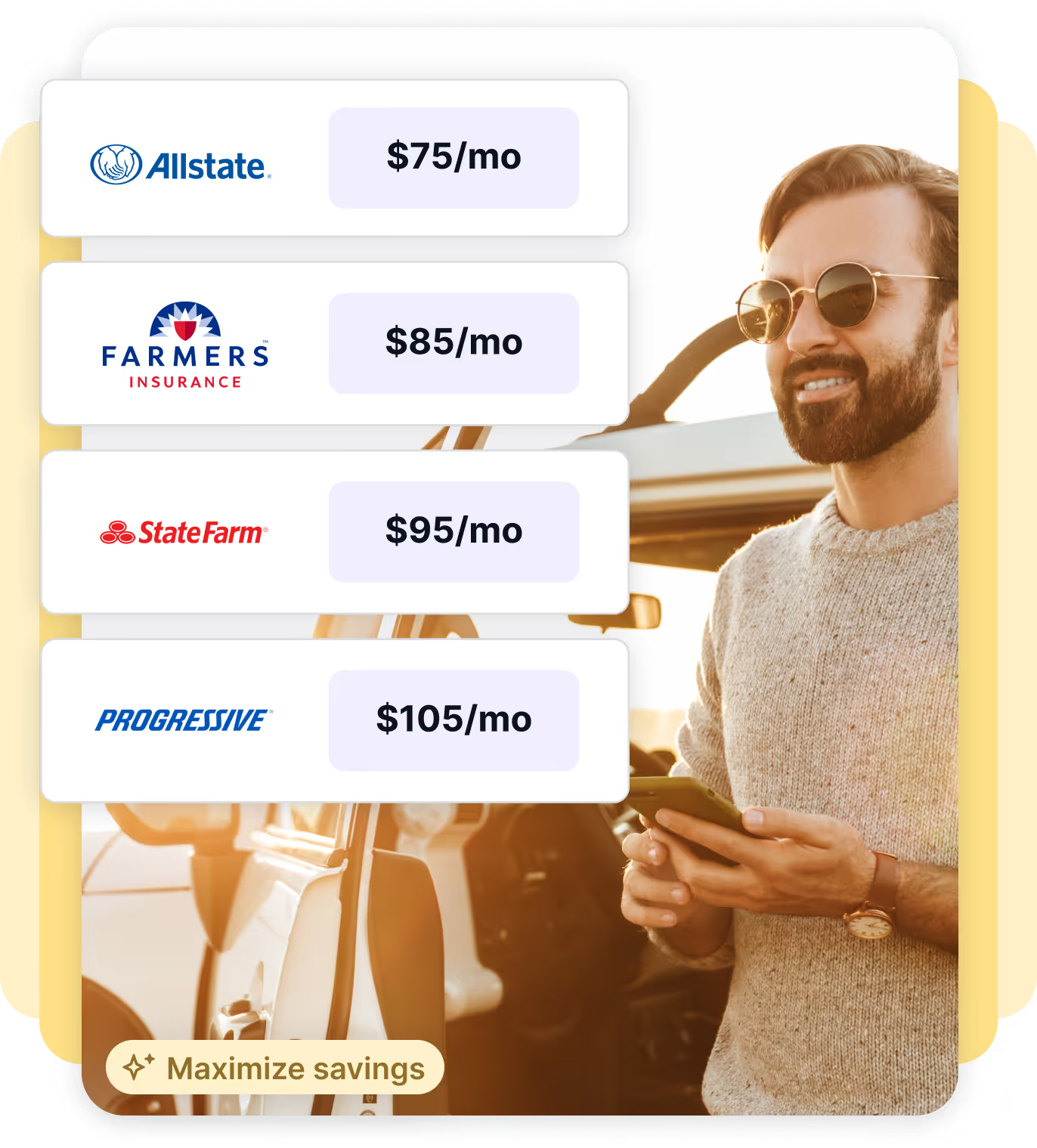









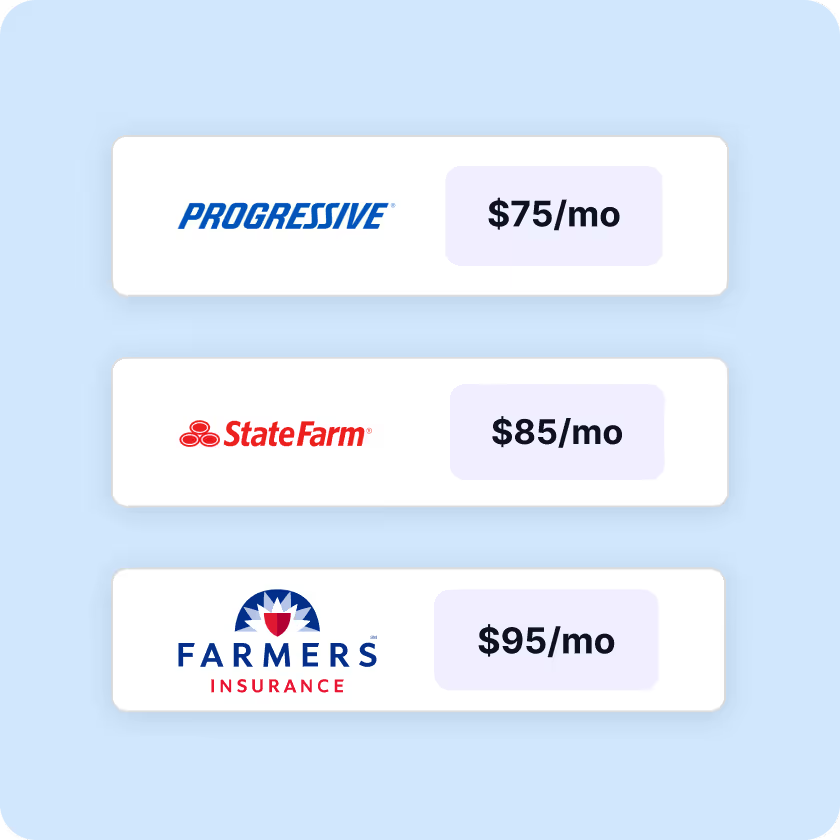








.webp)















.webp)
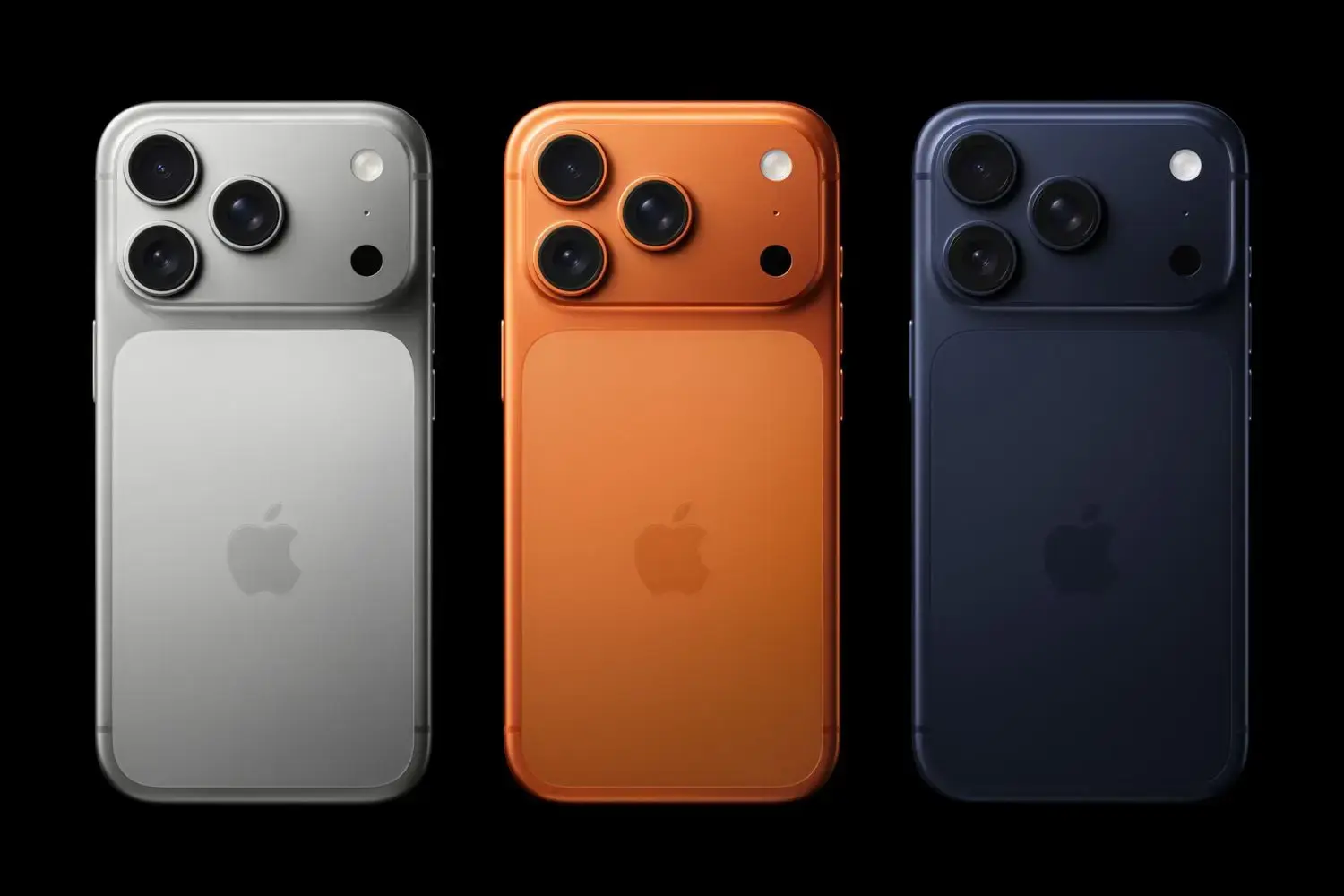
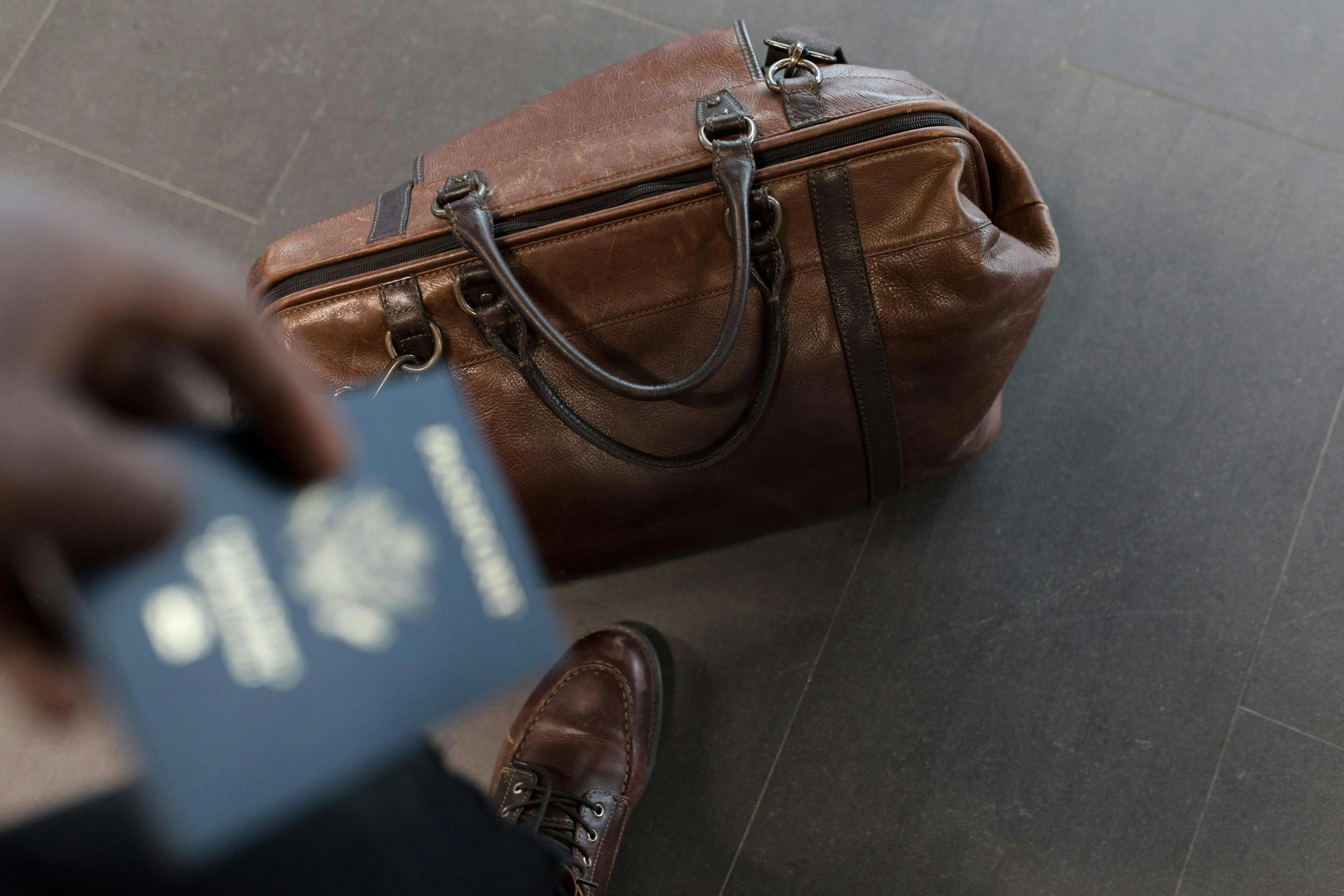
.webp)



